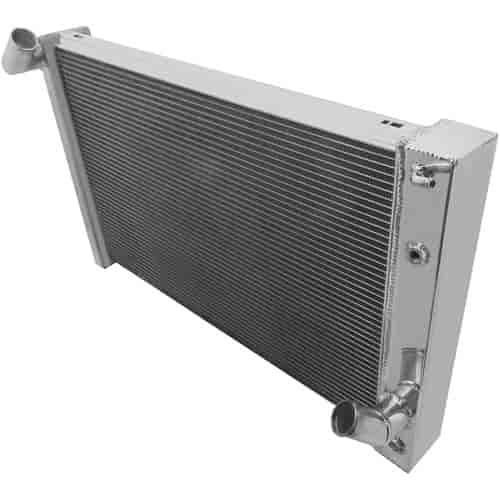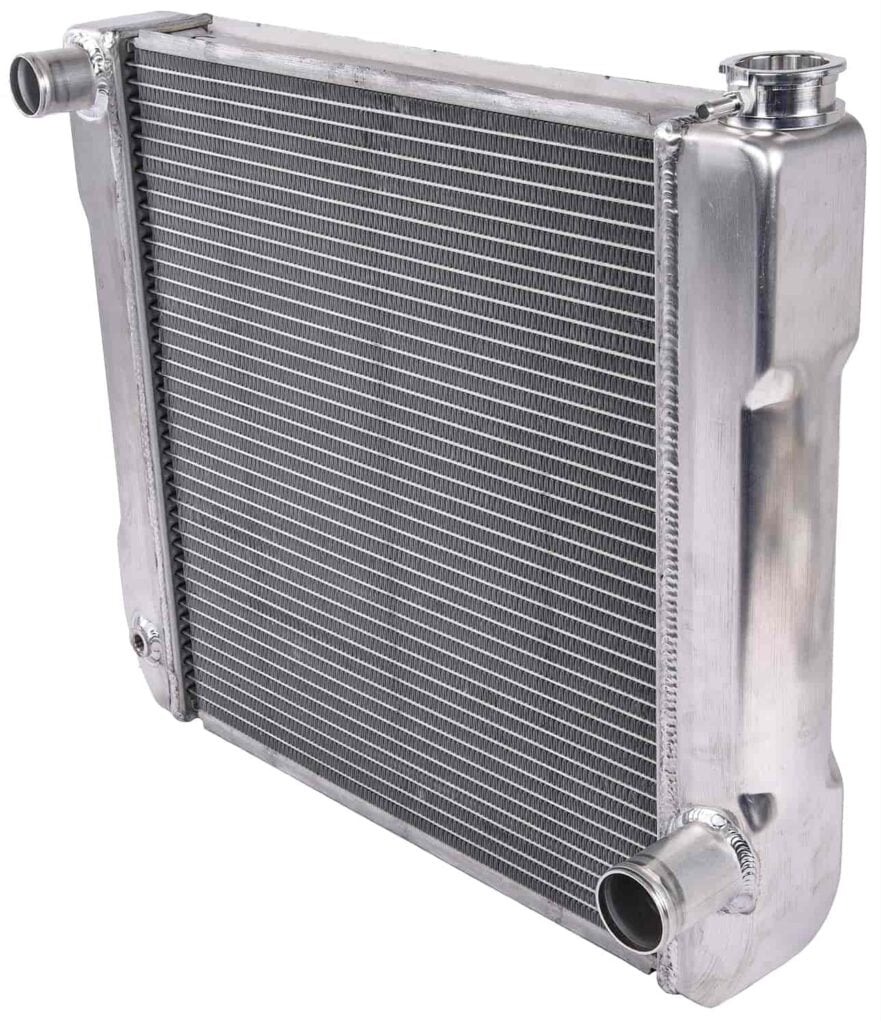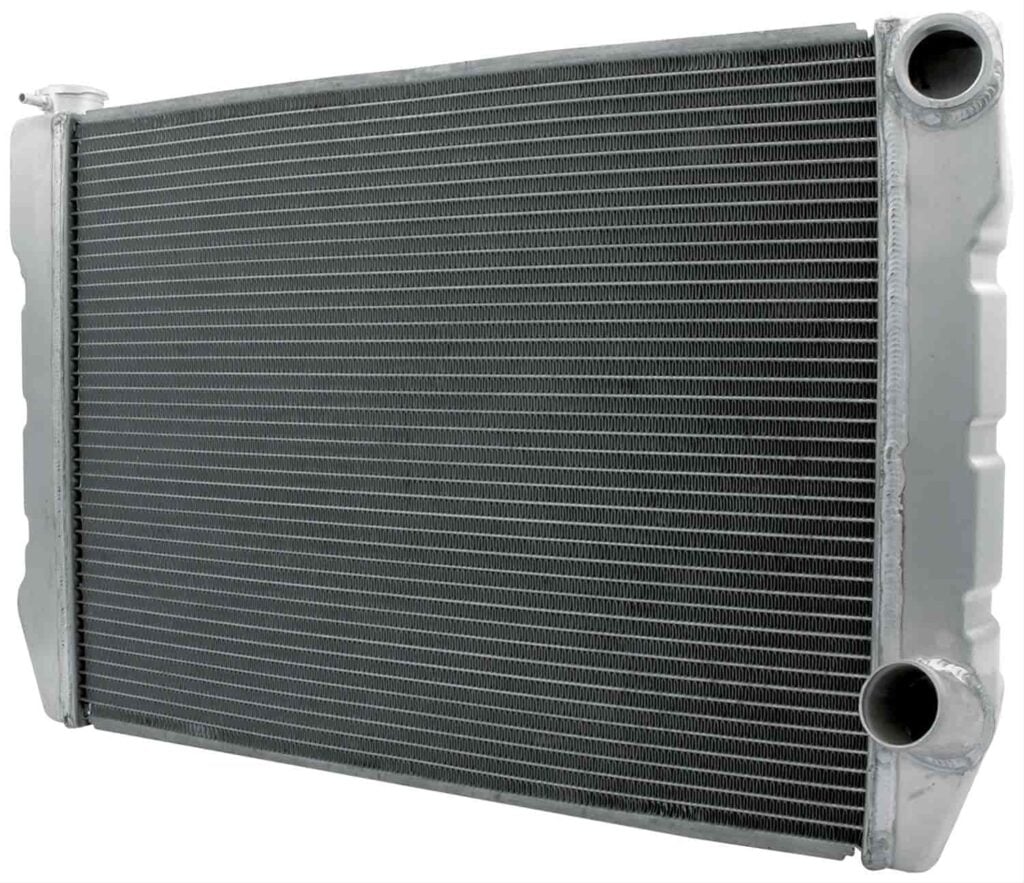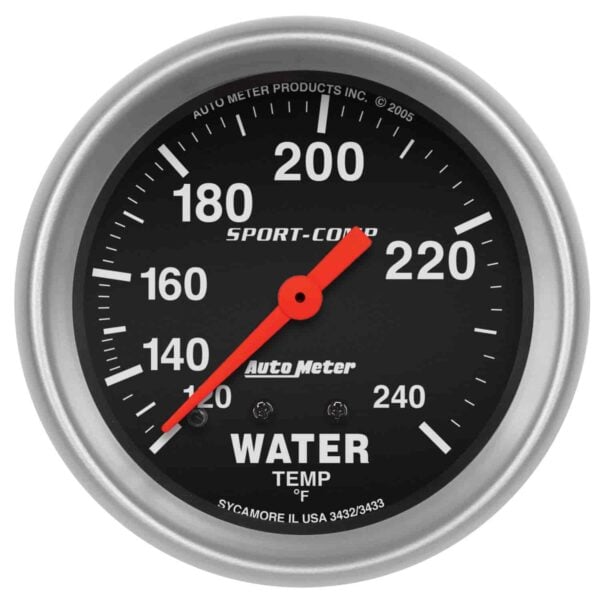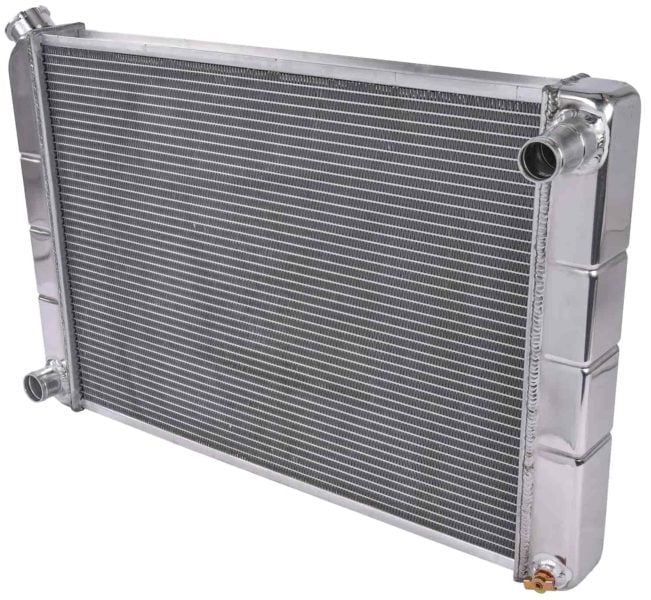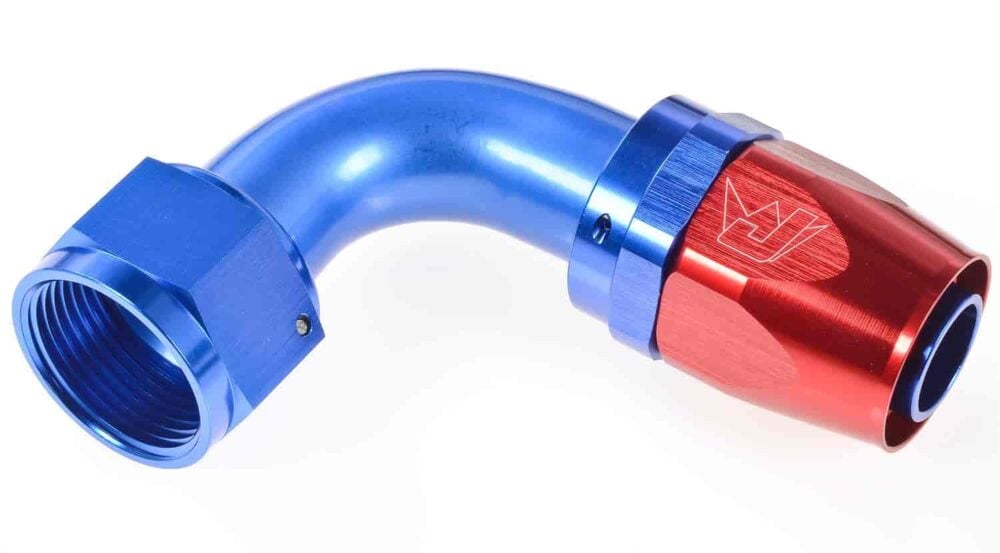Your car's cooling system is comprised of multiple components that play an integral role in ensuring that the engine functions at an optimal temperature. One of the key parts of the cooling system is the radiator which dissipates heat from the engine into the atmosphere.
Over time, the radiator or one of its other auxiliary components can develop leaks, often pinholes or cracks. These cracks can leak coolant, resulting in an overheating engine and damage. While replacing the damaged part is the most effective way to deal with a leak, some minor leaks can be plugged using a radiator stop leak.
What Is A Radiator Stop Leak And Why Would I Need It?
A radiator stop leak is a compound designed to seal small leaks in your vehicle’s cooling system. It’s usually made from a chemical mixture that adheres to and forms a seal around any minor cracks or holes. It’s also typically used as an aftermarket additive. A stop leak for the cooling system is not an ideal, permanent solution to a coolant leak, but it acts as a temporary plug that will prevent further damage.
There are several reasons you might need a stop leak. For starters, replacing the entire radiator to rectify a minor crack or leak can be unnecessarily expensive. In such a case, a stop leak will be a comparatively quick and cost-effective solution. Also, if you’re in a situation where immediate repairs might not be possible, like in the middle of a long road trip, a stop leak should provide enough of a solution to get you back on the road and complete your journey or drive to a technician.
How Does Radiator Stop Leak Actually Work?
Radiator stop leaks contain multiple chemicals that combine to seal small cracks or leaks in the cooling system. While the formulation will vary from brand to brand, the general chemicals or particles used remain largely the same across different products.
One of the core ingredients used is some form of particulate matter, like sodium silicate or alumina or particles of ceramics or metals. These particles are minute enough to flow freely through the system without obstructing coolant and accumulate around cracks, sealing them. Aside from the radiator, these particles will also plug minor leaks in the heater core, hoses, or around the water pump. These compounds harden when they come in contact with air, forming a seal that will last for a few months, at the very least.
In addition to these chemicals, most stop leaks contain corrosion inhibitors that prolong the lifespan of multiple parts of the cooling system.
A majority of radiator stop leaks that are available in the market today come in a liquid form that’s to be added to the coolant reservoir. The exact amount to be added will vary based on the size and configuration of your engine. Remember that adding an excess amount can clog the system and restrict the flow of coolant, affecting performance and causing damage to the engine.
To use the stop leak, first read and understand the manufacturer's instructions. In most cases, pour the necessary amount into the coolant reservoir and fire up the engine and then let it idle for 15 to 20 minutes so the product has had enough time to run through the system sufficiently.
What Is The Alternative To Using A Radiator Stop Leak
While a coolant stop leak can be an excellent solution to sealing a minor leak in the radiator or cooling system, it’s often not a permanent solution. Its effect can wear out in a few months, and sometimes even sooner, resulting in coolant leaking again. Plus, if you have a severe leak or significant damage to the cooling system, a stop leak will not be as effective, and other solutions will be more appropriate.
The ideal solution to fixing a larger crack or damage is to replace the affected part with a new one. The cost of doing so will vary based on whether that’s the radiator, water pump, or one of the many hoses transporting coolant between the radiator and the engine. In any case, it will be notably more expensive than repairing the part but will often be a more permanent solution that avoids further damage to the cooling system or the engine. If you have the budget to replace a faulty part with a new one, you certainly should.
If not, your next best option would be to repair the part. If the damage is to the radiator, this may involve some welding or soldering, so it’s best to get it done by someone skilled.
Once the necessary steps have been taken to rectify the issue, you must flush the cooling system of the existing coolant. Over time, debris can accumulate in the cooling system, and it can cause clogs and affect any new parts you may have just installed. A coolant flush will ensure that any old coolant in the system is removed and replaced with fresh fluid.
It would help if you also remembered to monitor the coolant levels in your vehicle regularly, especially after any repairs have been carried out. You can do so even at idle. Let the engine run, and turn the A/C on to increase the load on the engine. This will get the cooling system running. After a few minutes, kill the engine and check if coolant levels have dropped in the reservoir. If yes, there might still be a leak in the system.
Ultimately, the best solution to fixing a coolant leak will depend on the severity of the damage, the affected part, and your budget. In many cases, running a radiator stop leak through your vehicle’s cooling system to plug any minor cracks should suffice and buy you enough time until you have to carry out more permanent and expensive repairs.
On the other hand, major damage will require you to invest in new parts if you want to avoid overheating the engine and causing a blown head gasket or warped cylinder heads. Whatever method you choose, JEGS has the parts you need to get your car fixed so you can keep calm, cool, and collected.



